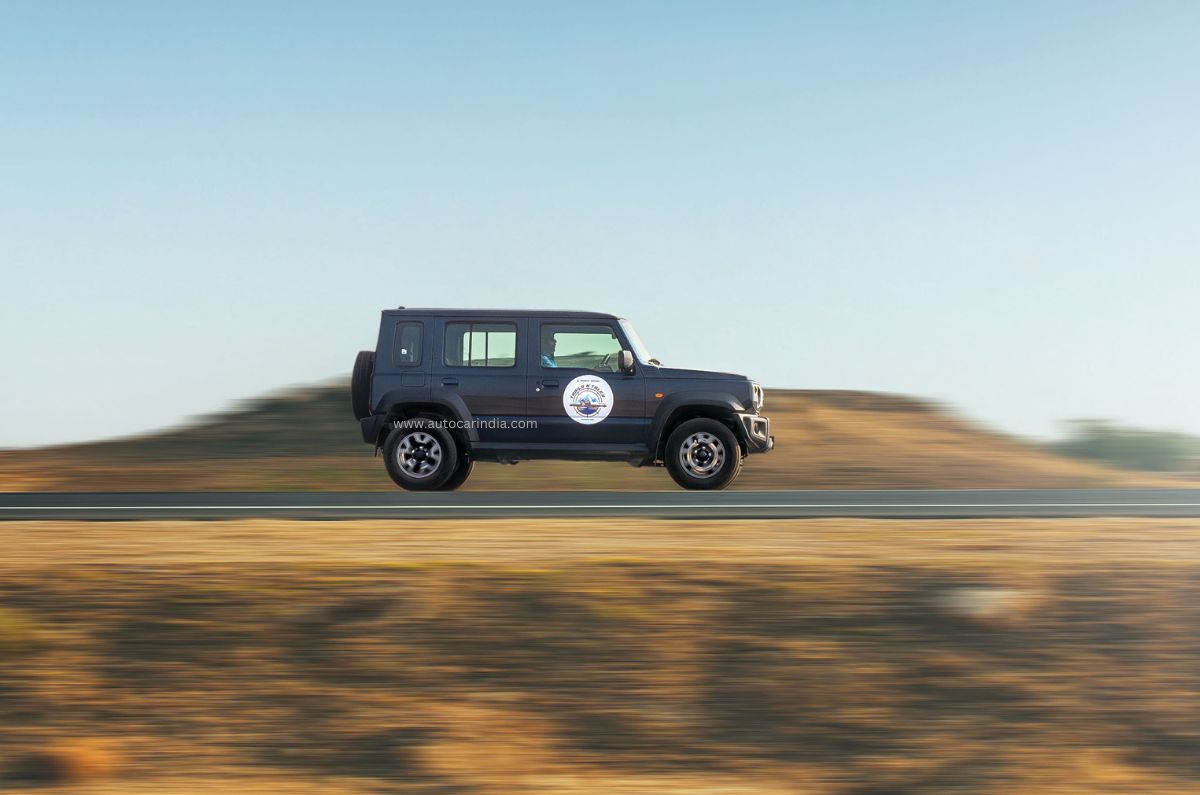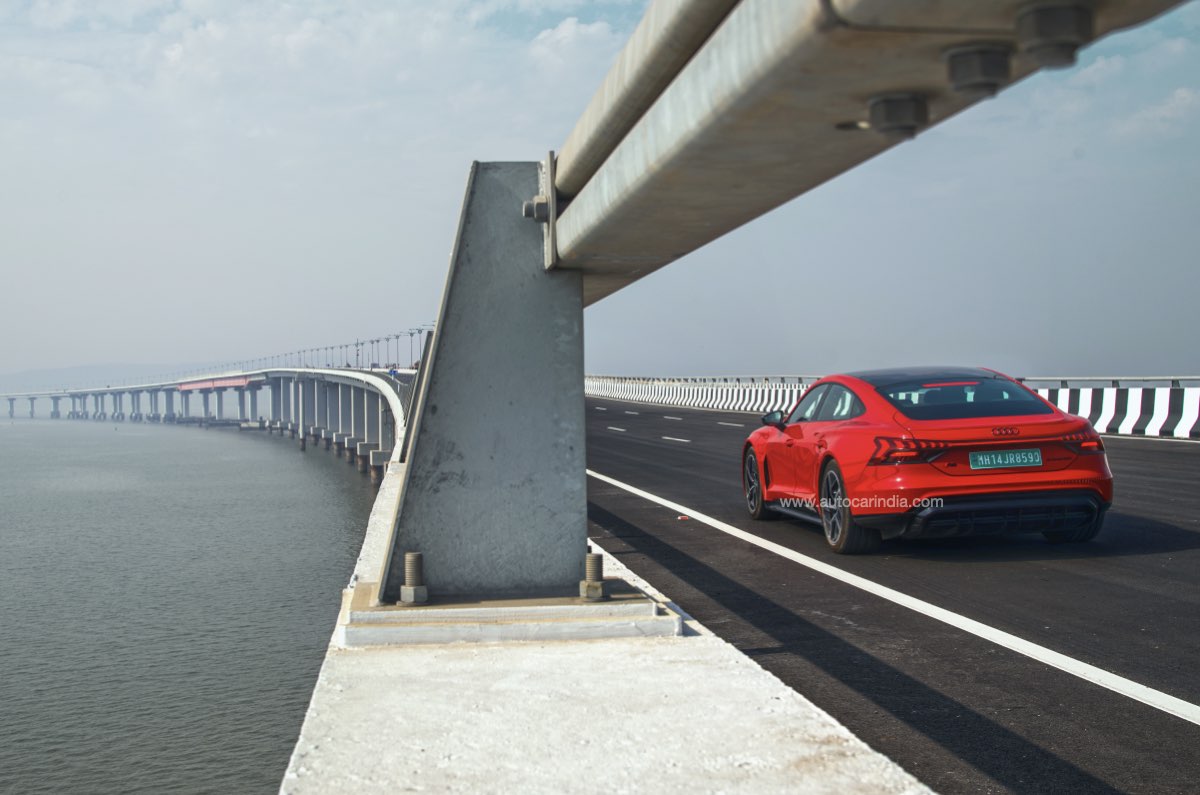Hyundai Motor India’s Great India Drive (GID) has now become part of our winter tradition. In 2022, we were in Kashmir driving over high passes in the Hyundai Tucson and documenting the story of its famed bat makers. The year before, we drove from the Statue of Unity, near Vadodara, to Nashik and then all the way to Kanyakumari, seeking out stories about individuals from across the ages who were as revered as Sardar Vallabhbhai Patel. In 2023, the GID celebrated 50 years of the Project Tiger, one of the world’s most effective conservation programs.

Fifty years ago, India had about 1,800 tigers. Today that number stands at 3,167. Of course, there is still work to be done, but Project Tiger has shown the way forward when it comes to managing man-animal conflict, preserving the tiger’s natural habitat and checking poaching.
Hyundai Motor India kickstarted the celebrations in November last year, with a lovely convoy drive featuring blue and khaki-green Exters that saw a bunch of motoring enthusiasts, including journalists, drive from Coimbatore to the Kabini Wildlife Sanctuary in Karnataka. The bracing air, the winding roads, and the lush greenery whetted our appetite for more.

And so, as part of this year’s GID, we decided to tell the story of Project Tiger by driving from the Jim Corbett National Park, the country’s first ever tiger reserve, to Dholpur-Karauli, in Rajasthan, India’s 55th and newest tiger reserve. The 450km drive in the Hyundai Exter, an SUV as eager to hit the outdoors as we were, was of course going to be fun, and there was also the added attraction of, hopefully, spotting the big cat at Corbett or maybe Dholpur.
On the prowl
Our blue Exter twinkled in the early morning light, as we started out from Gurugram, warming up quickly despite the cold of the night still holding. The six-hour drive from Gurugram to Corbett was demolished by the SUV with ease and it felt as at home on Delhi’s crowded roads as it did sprinting along at highway speeds. What made pottering through traffic a breeze was the smooth five-speed automated manual gearbox, which was equally good at shifting a cog or two when overtaking trucks out on the expressway.

We arrived at The Ranger’s Lodge near Jim Corbett well after the sun had set, but we were still surprisingly fresh thanks to the Exter’s well-bolstered seats. There was excitement to be had as soon as we arrived. Dr Imran Khan, a wildlife enthusiast and our host at Corbett, excitedly informed us of the arrival of a herd of elephants in his backyard! Fishing out heavy-duty torches, he took us to the edge of the forest and we saw the gigantic grey beasts nosing about for tasty treats, and there was an excited little calf trumpeting around as well.
As another early morning start was called for, we hit the hay after a wholesome (and heavy) dinner, dreaming of getting that perfect shot of a tiger or two. We woke well before the crack of dawn and headed to Dhela Gate, one of the few entrances to the national park. It was bone-chillingly cold as we got out of the Exter and entered a world that is entrancingly different from the one we have created for ourselves. The morning turned warm as the sun climbed higher and we waited in the silence of the forest for the tiger to appear.

We say ‘silence’, but there are sounds in the jungle – the cries of monkeys and langurs, the grunts and barks of a variety of deer gamboling through the bush, and even the faraway trumpet of an elephant. And that’s not mentioning the plethora of birds, smaller mammals and reptiles that this bio-diverse region possesses. But like everyone else, we too were obsessed for an audience with the tiger. But tiger spotting, as they say, is all about patience and yet more patience. The waiting game didn’t seem to be paying off as we moved from spot to spot and sat in silence. While it was a serene experience driving through nearly untouched forests in safari vehicles, we were hoping for something a little more exciting. We trudged back to the lodge for lunch a little dejected, but we still had one more part of the forest to explore.

After a quick yet hearty bite, we took off again, this time through Phato Gate. The national park stretched on before us, wowing us with stunning vistas of mountains, plains and brightly reflecting water bodies. However, we had started to get antsy. Where were the over 260 tigers that Jim Corbett was famed for? At last, while we waited on the banks of an algae-covered lake (for what seemed like hours), a banded, great cat appeared with a low growl punctuating his presence. He lapped at the water, keeping a sharp eye out, and we stood in absolute stunned silence. As slow as we dared, we took out our cameras and phones, trying to capture the moment, but pictures can’t tell just how awesome it was to be in the vicinity of a full-grown tiger.
The long game
Satisfied with our foray into Jim Corbett, we headed back to the lodge, where another big meal, early bedtime and an early morning wake-up call were called for. Considering we were heading to the Dholpur-Karauli tiger sanctuary the next day we, again, set off before the sun had peaked above the Himalayan foothills. Despite the length of the journey, the Exter was the perfect companion, keeping us comfortable through some rather potholed stretches, and giving us a commanding view of the road at all times.

The peppy 1.2-litre petrol engine was an eager customer delivering brisk acceleration when needed. Using the well-placed paddle shifters was a genuine joy, making it easy to extract the most out of the tractable motor. The high ground clearance meant that some of those under-construction roads held no fear for us, and the spacious and tech-heavy cabin made sure we were comfortable and entertained with our favourite tunes at all times.

Dinner was proper Rajasthani fare – from delectable laal maas to dal baati churma – and we went to bed stuffed and happy. We had been given special permission to enter the buffer zone around Dholpur-Karauli and early the next day, we met up with senior forest official Okesh Yadav, who gave us a tour of the beautiful sanctuary and related a number of very interesting factoids. The tiger reserve was sanctioned in July this year, and is actually connected to Ranthambore National Park. In fact, this 3,400 square km sanctuary in Rajasthan borders Madhya Pradesh’s famous national park, and it is from there that the five tigers that have made Dholpur their home have come from. This sort of natural spread of tigers – rather than relocation or reintroduction to the wild – is exactly what Project Tiger has been endeavouring to make a reality. And while we didn’t get to see the tiger, its mate or their cubs, it is heartening to know that the great cat will endure in its natural habitat and future generations will be able to look on in awe and wonder at this enormous, ferocious feline.








































